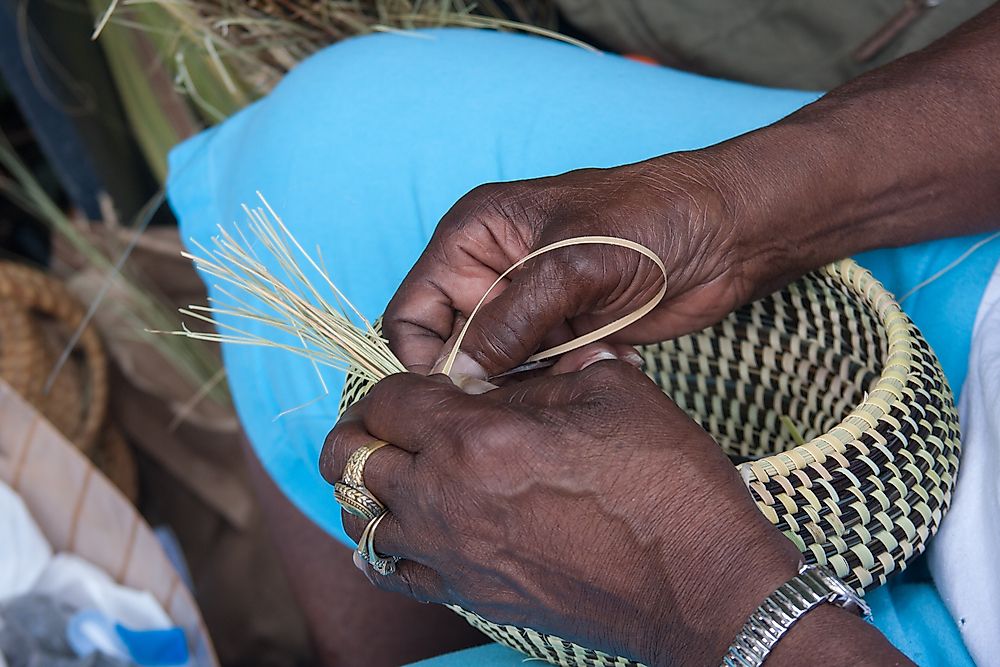Who are the Gullah People?

The Gullah people are found in the lower parts of South Carolina and Georgia. They reside in coastal plains and islands. They are descendants of Africans brought to the US to work as slaves. The Gullah people developed the Gullah language. Their culture is heavily influenced by African culture unlike other African Americans living in the US. The Gullah people once occupied the land between Cape Fear in North Carolina to Jacksonville in Florida, but today they are confined to the Lowcountry of South Carolina and Georgia. These people and their language are sometimes known as Geechee, a term derived from the Ogeechee River in Georgia. In Georgia, the Gullah are divided into the Freshwater and Saltwater Geechee depended on whether they reside on the mainland or the Sea Islands.
Origin of the Gullah
It is unclear where the term “Gullah” originated from, but some scholars have associated it with "Angola" where some of their ancestors are thought to have come from. Others link the term to the name “Gola," an ethnic group found on the border of Liberia and Sierra Leone. Despite the controversies surrounding their exact origin, scholars agree that they were brought a majority of the enslaved Africans in North America was from the Mandé or Manding background, and the Kissi people of West Africa.
Language of the Gullah
The Gullah people remained relatively isolated from the outside world while working on plantations in the Southern States. As the slaves were of different ethnicities of central and west Africa, to communicate, they developed a creole culture influenced by their ancestral origin. They developed the Gullah language and cultural heritage. They also absorbed some of the cultures from their surroundings. The Gullah language is an English based creole with a lot of African loanwords and influenced by the African linguistics. It is related and similar to the Bahamian Creole, Barbadian Creole, and the Krio language of West Africa. They’re known to be excellent in crafts, traditional fishing, farming, music and rice-based cuisine; all which exhibit West and Central African culture.
Recent History
In the mid-20th century, wealthy Americans began redeveloping the plantations and established resorts. More people began visiting the islands. The Penn Center has been on the front line to preserve the Gullah culture. The rise in the value of the land on the islands is threatening o push the Gullah people out of their family land. The Gullah people have fought against uncontrolled development in their areas. In 2005, the American Bible Society successfully published a Bible version in the Gullah language. In 2006 the US Congress adopted the "Gullah/Geechee Cultural Heritage Corridor Act” which allocated $10 million to the preservation of the Gullah culture in the Gullah Heritage Corridor annually for the next decade. The Gullah corridor extends from Northern Florida to North Carolina. The US National Park Service and the representatives of the Gullah people are responsible for managing the project. In 1989, 1997, and in 2005 some of the members of the Gullah people were received back in Sierra Leone.











